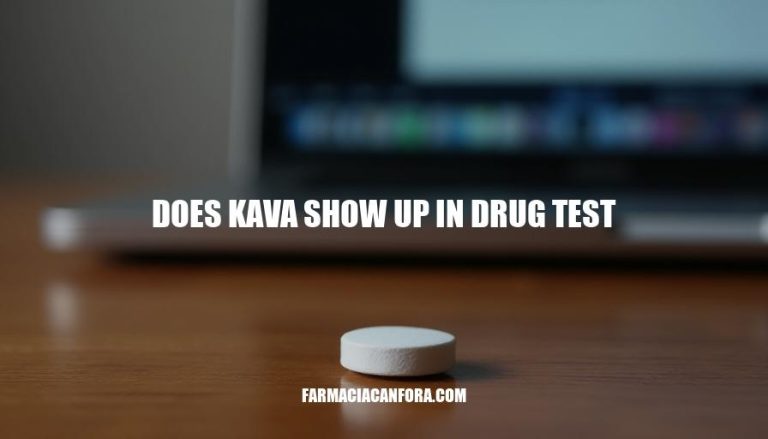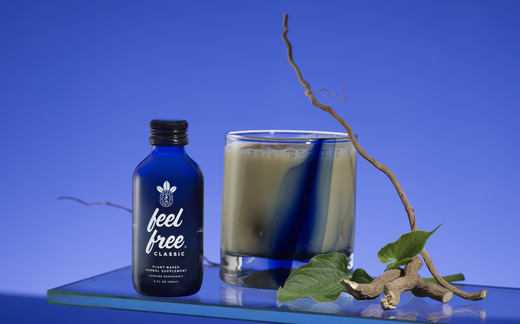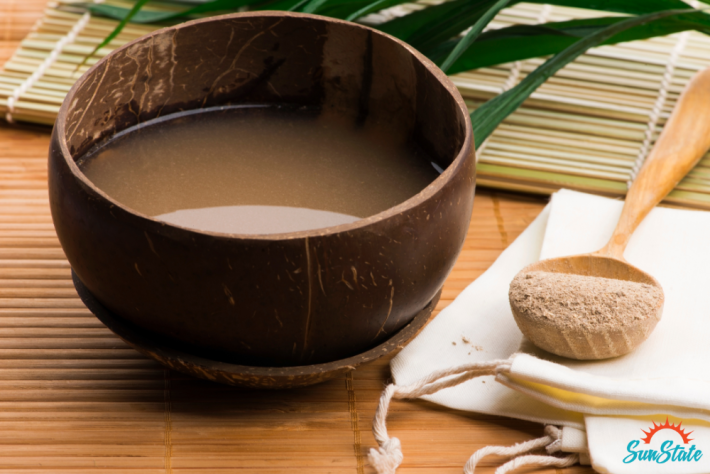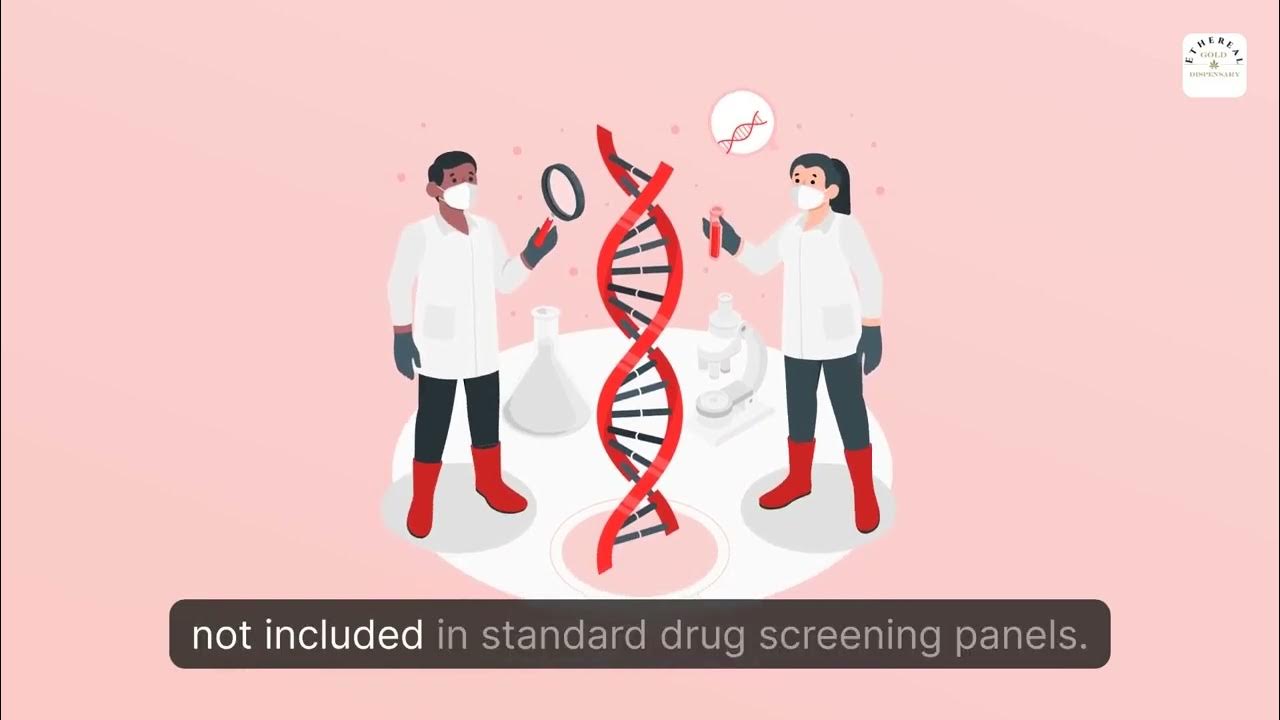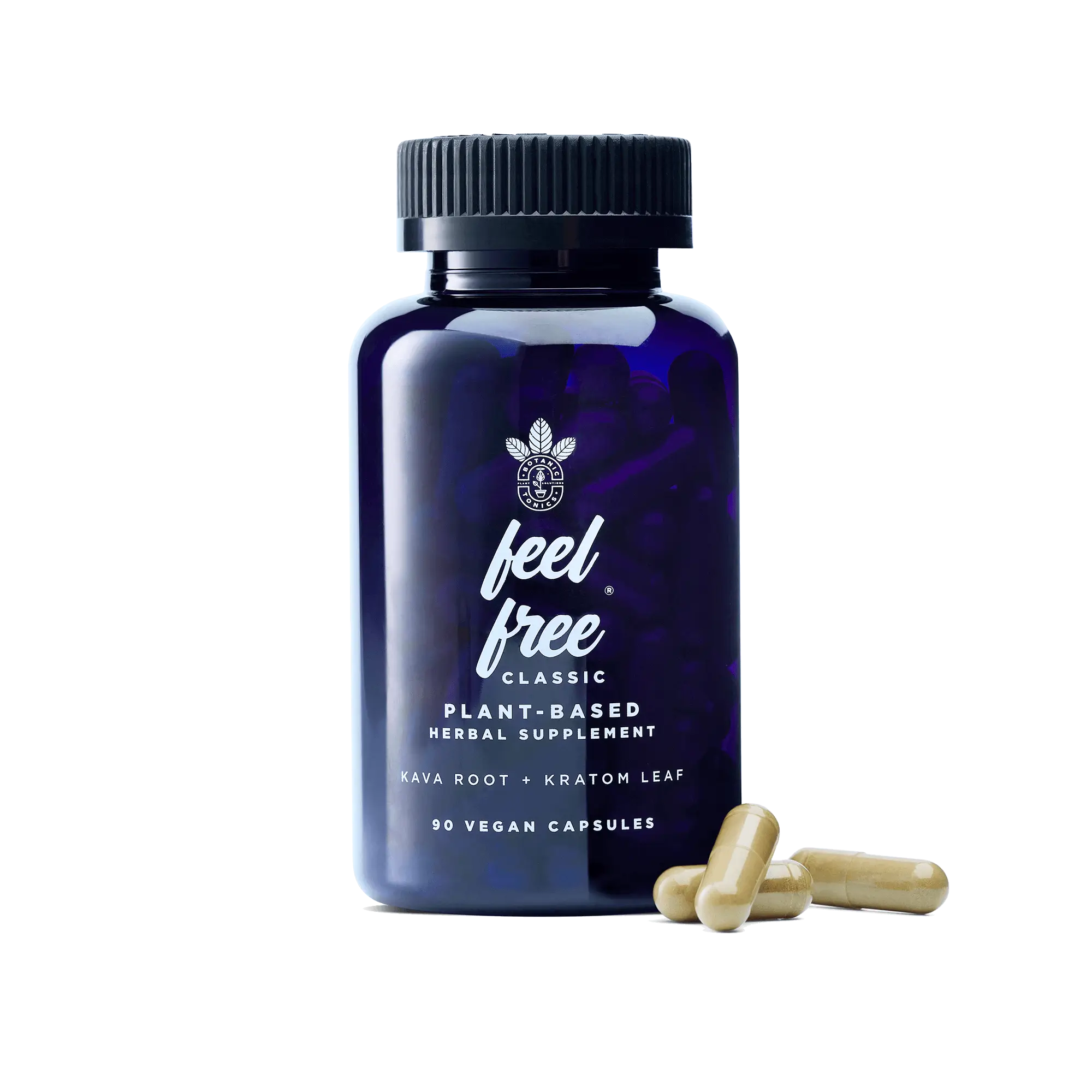Does Kava Show Up On A Drug Test

The increasing popularity of kava, a traditional Pacific Island beverage known for its calming and anxiolytic effects, has sparked a pressing question: Does kava consumption trigger a positive result on standard drug tests? This concern is particularly relevant for individuals subject to workplace drug screenings, athletes adhering to anti-doping regulations, and those in professions where maintaining a drug-free status is paramount.
This article delves into the complex relationship between kava and drug tests, examining the scientific evidence, regulatory stances, and potential implications for individuals who use kava. It aims to provide a comprehensive understanding of whether kava use can lead to a positive drug test result, considering factors such as test sensitivity, kava preparation methods, and potential cross-reactivity with other substances. The information presented will be based on credible sources, including scientific studies, official statements from regulatory bodies, and expert opinions.
Kava and Standard Drug Tests: A Direct Detection Perspective
The primary concern regarding kava and drug tests centers on whether the active compounds in kava, known as kavalactones, are directly detected by standard drug screening panels. These panels typically screen for substances such as amphetamines, opioids, cannabinoids (THC), cocaine, and phencyclidine (PCP). Kavalactones are not structurally related to these substances.
Therefore, kava consumption is highly unlikely to cause a false positive for these commonly screened drugs. Scientific studies have not demonstrated any direct cross-reactivity between kavalactones and these substances in standard drug tests. This is supported by numerous anecdotal reports from kava consumers who have undergone drug testing without incident.
Potential for False Positives: Cross-Reactivity and Contamination
While kavalactones themselves are not typically detected, the possibility of false positives cannot be entirely ruled out. Certain factors, such as potential cross-reactivity with other substances or contamination of kava products, could theoretically lead to a positive result.
Cross-reactivity occurs when a drug test detects a substance similar in structure to the target drug, leading to a false positive. Although kavalactones do not share structural similarities with commonly screened drugs, the possibility of cross-reactivity with other, less frequently screened substances, cannot be completely dismissed.
Contamination of kava products with other substances is another potential concern. If kava is adulterated with illegal drugs or other substances that trigger positive results on drug tests, consumers could inadvertently test positive. It is vital to source kava from reputable suppliers that test their products for purity and contaminants.
The Role of Metabolites and Specific Testing Methods
Drug tests often detect metabolites, which are the products of drug metabolism in the body, rather than the parent drug itself. The liver metabolizes kavalactones, producing various metabolites.
Currently, standard drug tests do not specifically target kavalactone metabolites. Research suggests these metabolites are rapidly cleared from the body. Further research into the detection of kavalactone metabolites and their potential impact on specialized drug testing methods might be warranted.
Regulatory Stance and Professional Guidelines
Official statements from regulatory bodies and professional organizations provide further insight into the relationship between kava and drug testing. The World Anti-Doping Agency (WADA), for example, does not currently include kava or kavalactones on its list of prohibited substances.
This suggests that athletes are generally permitted to use kava without fear of violating anti-doping regulations. However, athletes should exercise caution and consult with their sports federation or anti-doping agency to ensure compliance with specific rules and regulations.
It is important to note that individual employers and organizations may have their own drug testing policies. Therefore, it is crucial for individuals subject to drug testing to familiarize themselves with their employer's or organization's specific policies regarding kava use.
Sourcing and Preparation: Minimizing Risk
The quality and preparation of kava can also influence the risk of a false positive. Sourcing kava from reputable suppliers that adhere to strict quality control measures is crucial.
Reputable suppliers often test their products for purity, potency, and potential contaminants. It is also essential to follow recommended preparation methods to minimize the risk of unwanted substances entering the final product.
Looking Ahead: Future Research and Testing
While current evidence suggests that kava is unlikely to cause a positive result on standard drug tests, further research is needed to fully understand the relationship between kava and drug testing. Studies investigating the potential for cross-reactivity with less frequently screened substances and the detection of kavalactone metabolites could provide valuable insights.
Advancements in drug testing technology could also lead to the development of tests that specifically target kavalactones. This could become relevant if regulatory bodies or employers begin to specifically screen for kava use.
Ultimately, the risk of a positive drug test from kava consumption appears to be low, particularly when kava is sourced from reputable suppliers and consumed responsibly. However, individuals subject to drug testing should remain vigilant, stay informed about the latest research and regulatory guidelines, and consult with relevant authorities if they have any concerns. The safest approach is to be transparent with employers or organizations about kava use, where appropriate and permitted, and to prioritize sourcing high-quality, contaminant-free kava products.
